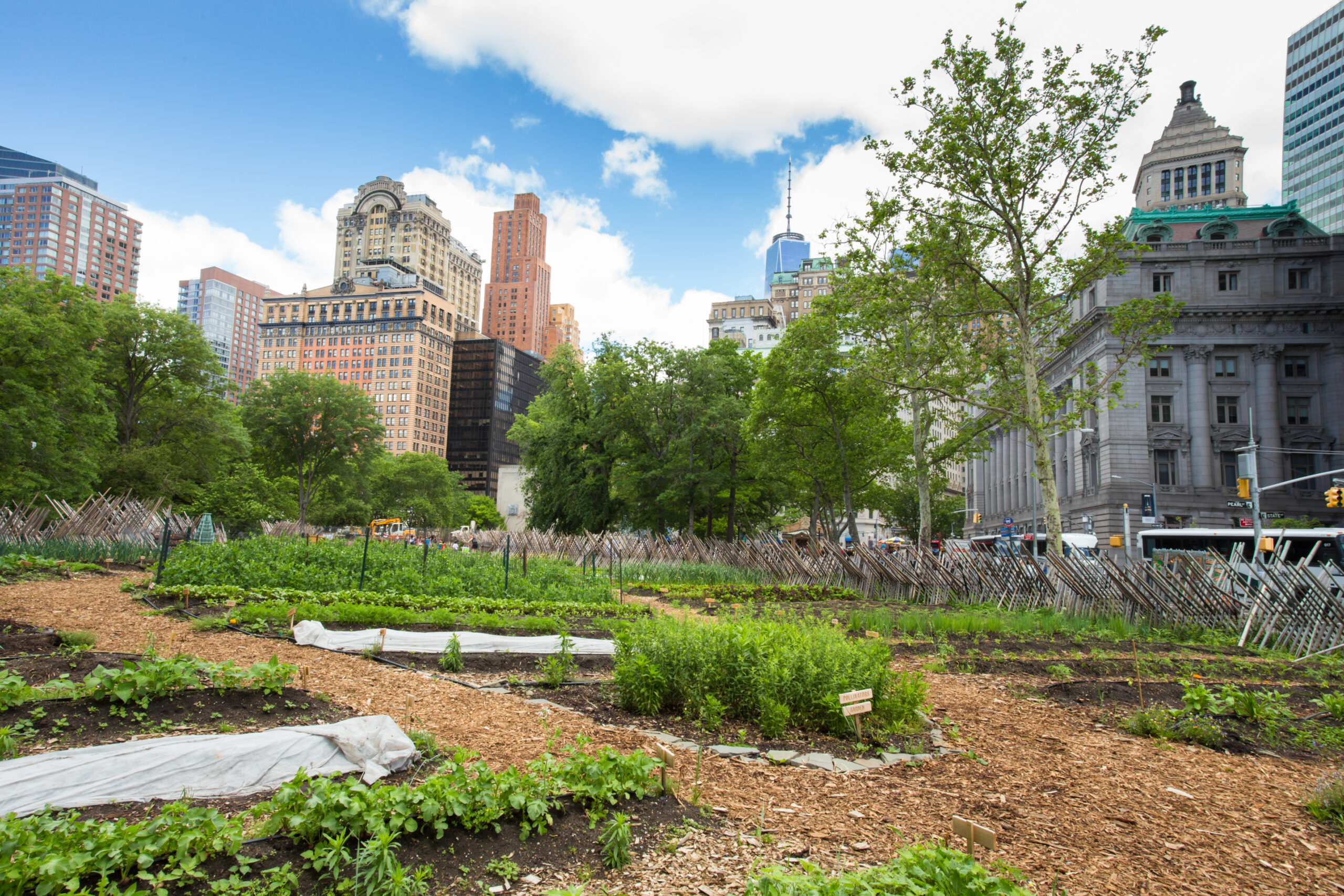The Ultimate Guide To City Blooming
Table of ContentsFacts About City Blooming UncoveredThe 9-Second Trick For City BloomingThe Single Strategy To Use For City BloomingThe Buzz on City BloomingThe Only Guide for City Blooming
Fascinated in expanding food offer for sale in the City of Chicago? Considering beginning a neighborhood garden? Modifications to the Chicago Zoning Ordinance permit agricultural usages like area yards and metropolitan farms in many components of the city. Below is a list of regularly asked questions concerning the regulations and guidelines that growers ought to consider when preparing an urban agriculture project.
The zoning modification does not customize any kind of various other codes dealing with composting, building licenses, acquiring or leasing City owned home, company licenses or environmental contamination. There are existing codes that control these problems and they continue to be completely impact and might be applicable to your project. Neighborhood gardens are commonly owned or taken care of by public entities, civic organizations or community-based companies and kept by volunteers.
Urban ranches grow food that is planned to be offered, either on a nonprofit or for-profit basis. Due to their industrial function, metropolitan ranches need an organization certificate.
What Does City Blooming Mean?
Composting is permitted however only for plant product that is created and made use of on site. The amount of compost product can not surpass 25 cubic yards at any given time according to the standards in 7-28-715 of the City's Municipal Code. Yes. Due to the fact that the dirt at a lot of new yard sites requires changing, compost, soil, wood chips, or various other materials can be gotten to build or improve the growing room - indoor plants.

If a structure license is needed then the hoophouse will certainly be taken into consideration an accessory building. You can discover more regarding the structure license requirements by speaking to the Division of Buildings. The 25,000-square-foot dimension limit is planned to avoid a solitary neighborhood yard from dominating a provided block or diminishing the block's existing property or commercial character.
The restriction does not relate to yards located in Public Open Area (POS) districts. Can there be even more than one community yard that is 25,000 square feet on a single block? Yes. The dimension limitation uses to specific yards, not to specific blocks. No. Secure fencing is not required, however, gardens that have big car parking areas might be required to set up fencing or various other landscaping functions.
The Basic Principles Of City Blooming
B1 & B2 areas require that all business use activities be performed inside. R areas limit commercial task. The laws show the function and intent of the Zoning Code. Is fence required for city ranches? Yes. Fencings may be needed, along with landscaping and testing, for sure car parking areas and exterior work or storage space locations depending upon place and the her response certain task taking area.
Yes. Urban farms need building authorizations and zoning authorizations prior to construction. Various other types of city evaluation may be called for relying on particular structures, activities, dimension, landscaping, licensing, public heath and stormwater administration issues. Much of these demands are determined in the job style or allowing procedure, nonetheless, the candidate might be responsible to independently recognize specific licenses or permits that may be needed.
Yes. The kind of permit is figured out by what is happening at the website. The Department of Company Affairs and Customer Security can help identify the details kind of organization license that's needed. Yes. Off street car parking is needed for most industrial jobs in Chicago. The required number of auto parking spaces is based on the number of staff members working with website and not the square video of the growing space.
What Does City Blooming Do?

A city ranch can market garden compost product produced on site, nevertheless, the procedure should conform with the guidelines in 7-28-715 of the Chicago Municipal Code. Aquaponic systems are permitted inside on urban ranches in lots of zoning areas.
As much as 5 hives or colonies of honey might be kept as an accessory use. Beekeepers must sign up with the Illinois Division of Farming. For more information concerning the recommended zoning change you may contact the Division of Housing and Economic Development, Bureau of Preparation and Zoning at 312.744.8563.
Farming in cities and urban locations A metropolitan farm in Chicago. Urban farming refers to numerous methods of cultivating. https://triberr.com/cityblooming, handling, and distributing food in metropolitan areas. The term likewise relates to the location tasks of pet husbandry, tank farming, beekeeping, and cultivation in a city context. Urban farming is differentiated from peri-urban farming, which takes area in country areas at the edge of residential areas.
Not known Facts About City Blooming
, who look for to form social networks started on a shared values of nature and area holism. These networks can establish by way of official institutional assistance, ending up being incorporated into neighborhood town planning as a "change town" motion for lasting city advancement.
Some of the first evidence of urban agriculture comes from Mesopotamia.